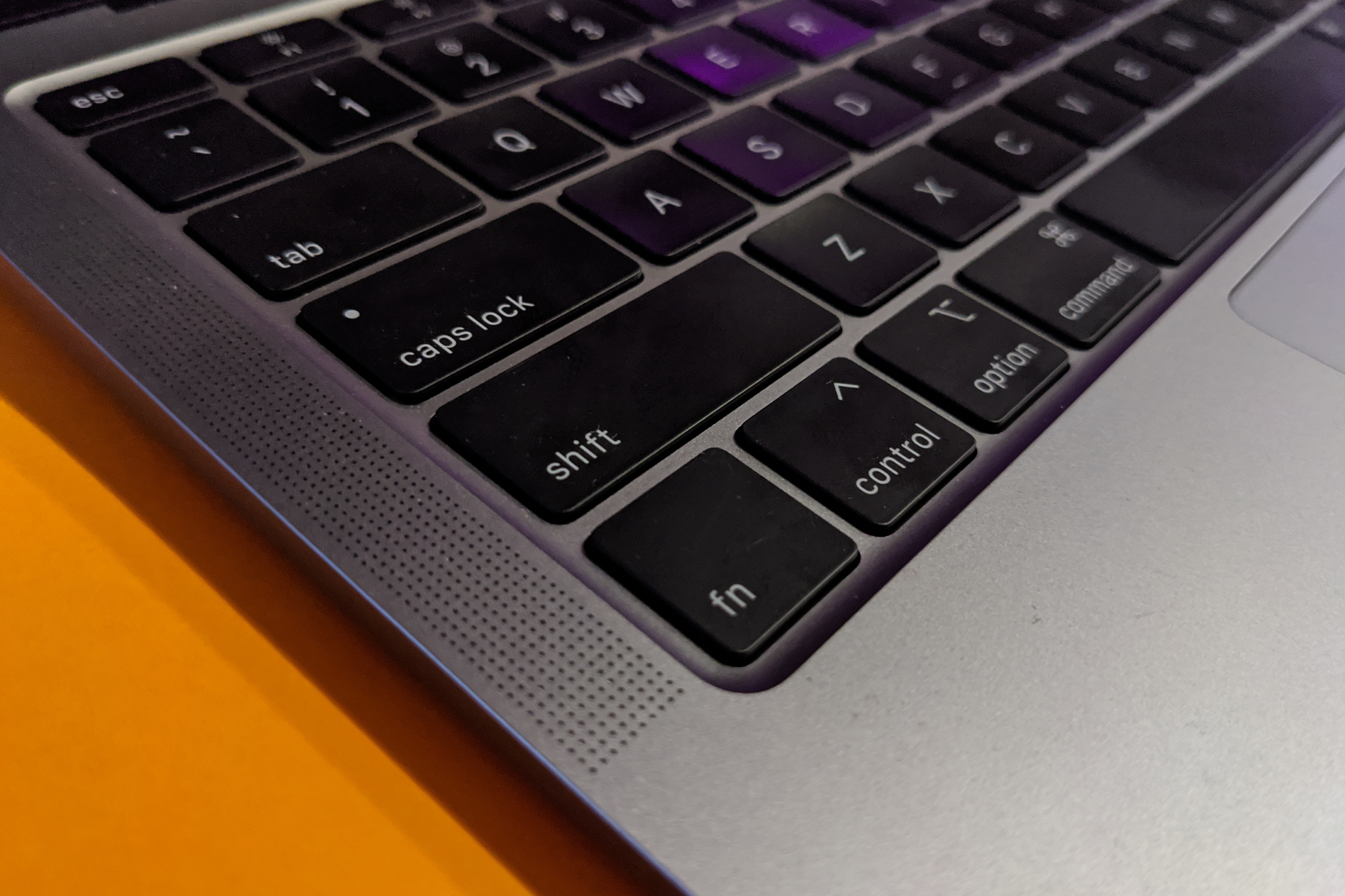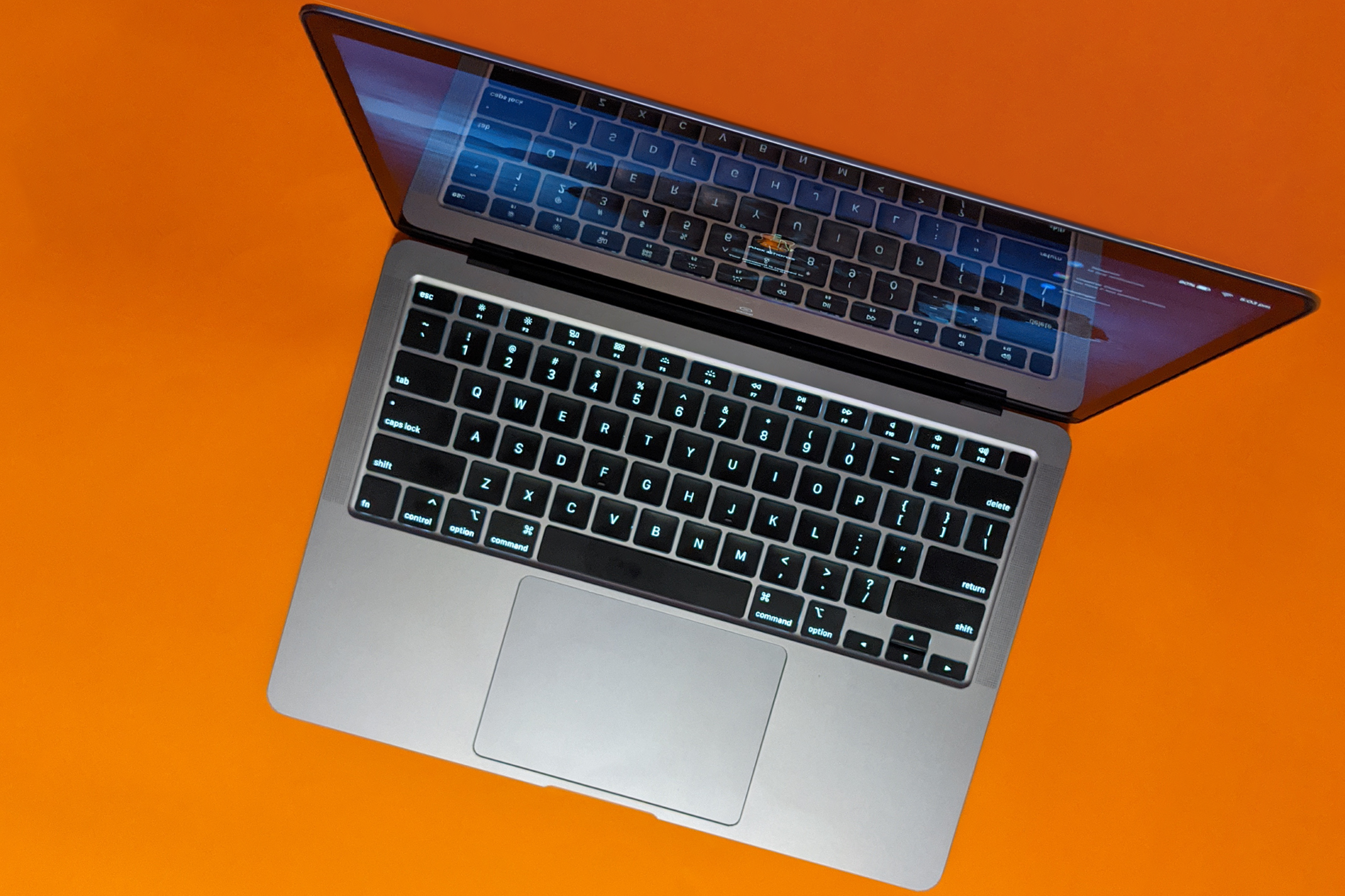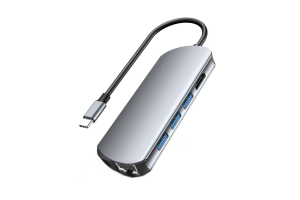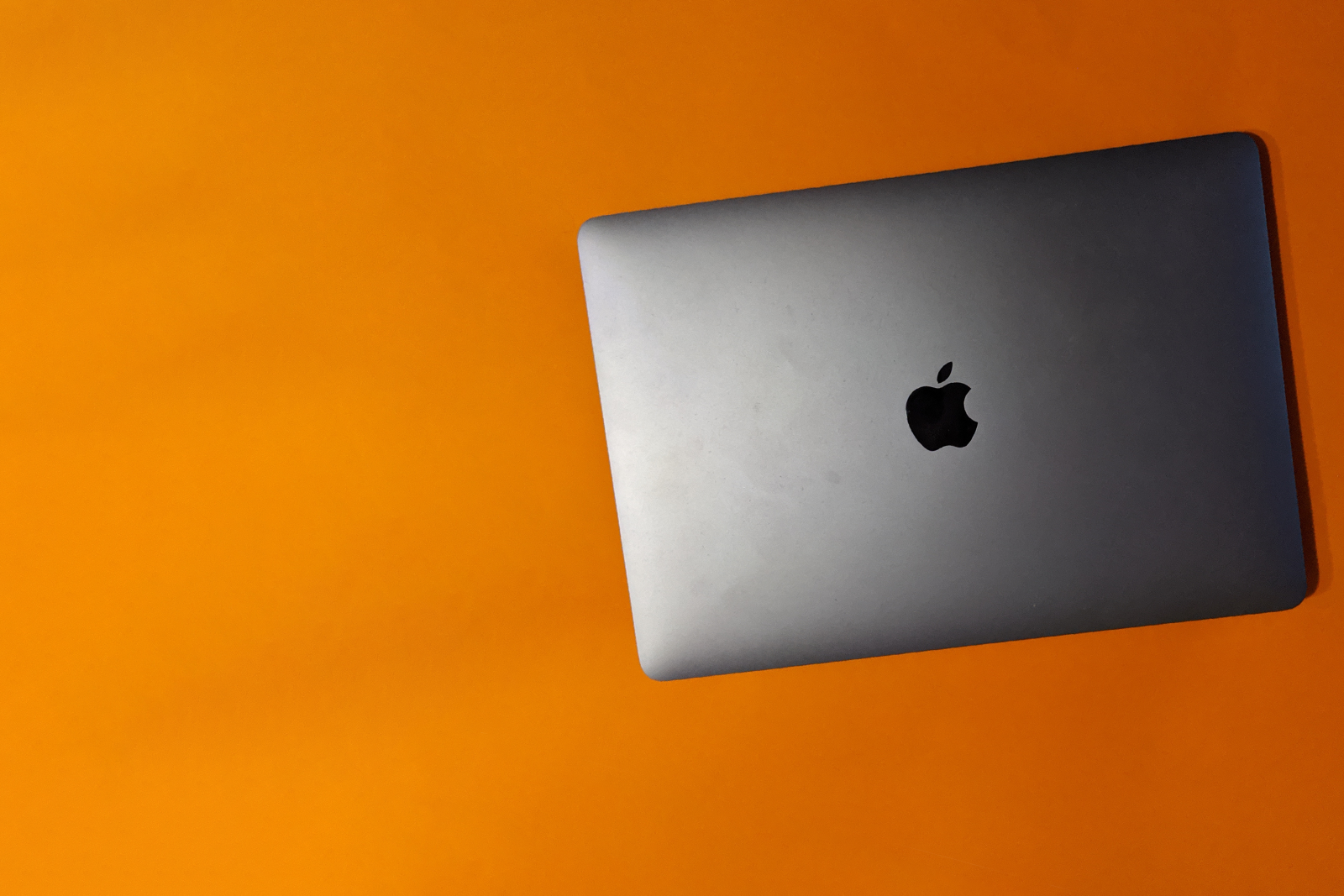Optus Mobile Review ALDI Mobile Review Amaysim Mobile Review Belong Mobile Review Circles.Life Review Vodafone Mobile Review Woolworths Mobile Review Felix Mobile Review Best iPhone Plans Best Family Mobile Plans Best Budget Smartphones Best Prepaid Plans Best SIM-Only Plans Best Plans For Kids And Teens Best Cheap Mobile Plans Telstra vs Optus Mobile Optus NBN Review Belong NBN Review Vodafone NBN Review Superloop NBN Review Aussie BB NBN Review iiNet NBN Review MyRepublic NBN Review TPG NBN Review Best NBN Satellite Plans Best NBN Alternatives Best NBN Providers Best Home Wireless Plans What is a Good NBN Speed? Test NBN Speed How to speed up your internet Optus vs Telstra Broadband ExpressVPN Review CyberGhost VPN Review NordVPN Review PureVPN Review Norton Secure VPN Review IPVanish VPN Review Windscribe VPN Review Hotspot Shield VPN Review Best cheap VPN services Best VPN for streaming Best VPNs for gaming What is a VPN? VPNs for ad-blocking At the time, Windows laptops were frustratingly inconsistent with build quality. Some had good keyboards. Some had alright trackpads. None had both. MacBooks, on the other hand, were a joy. No other laptop compared, which made it all the more heartbreaking when Apple adopted its controversial butterfly keyboard. It just wasn’t the same. While the MacBook Air name may evoke a fluttery sensation, it fortunately no longer suffers from butterflies. It marks return to form for the laptop that sold me on Macs in the first place. I’ve always preferred keyboards with greater travel, but that wasn’t the only issue. The shape of the mechanism made it easier for debris to lodge under a key, causing it to fail. Butterfly keyboards weren’t quite as nice to type on, and they were prone to failure. They were a clear case of form over function. With the 2020 MacBook Air, Apple has swapped to a new design, dubbed the magic keyboard. Not only is it more satisfying to type on thanks to additional travel, but it also uses a more traditional scissor-switch mechanism. As such, there’s far less risk of any dirt or debris damaging a key. Apple doesn’t exactly deserve praise for undoing a mistake, but the MacBook Air keyboard is still downright lovely. It’s well-spaced out, a pleasure to type on, and easily one of the best keyboards you’ll find on a laptop. You no longer have to compromise on usability just because you want a Mac. You can even push it a little, but anything more intense than some light edits in Photoshop will make the fan whir up. A few minutes playing Sayonara Wild Hearts was enough to create audible fan noise, and that’s not a very demanding game. Even a long enough Zoom call makes the new MacBook Air run hot. For context, I’ve been testing out the $1,999 model with an i7 processor, as opposed to the entry-level device. None of this means the MacBook Air still can’t hold its own when it comes to more demanding tasks. It’s not going to be as fast as a MacBook Pro, but the Air will still do the job if you need to cut some high-definition video or dabble with audio production. Sustained intense workloads can cause the machine to heat up, however, so a MacBook Pro is almost certainly a better choice if you need to say, edit video on the reg. The MacBook Air will do in a pinch, but it’s much more of an “everyday” computer. One slight frustration - especially in our interesting times - is a subpar webcam. If you’ve got a reasonable amount of light in your room, it will look fine, but it becomes aggressively grainy with even a hint of darkness. In terms of battery life, you should expect anywhere between 7 and 10 hours from the MacBook Air, at least with day-to-day tasks (video editing or gaming will, of course, affect performance). Chrome is notorious for impacting MacBook battery life, but you can increase the time between recharges by using Safari. It’s not quite an “all-day battery” but certainly more than reasonable. You may need to plug in at some point for a little extra juice, though. I find I rarely plug things into my notebooks while I’m on the go, and an adapter with a full-size USB port and an SD card reader covers most of my needs. When working from home, limited connectivity options can become more of a problem. If you wanted to connect your MacBook Air to two external displays, you’d potentially need two USB-C to HDMI dongles, which instantly take up both ports. Even if your mouse and keyboard are Bluetooth, you no longer have a port free to charge the MacBook Air. Some USB-C monitors can power a laptop, and offer full-size USB ports for accessories, but that could mean buying a new monitor. Small things like copying text on my iPhone and pasting it straight into a document on MacBook Air are nifty little timesavers that just make the day a little easier. It’s not essential functionality, but it’s a useful bonus for anyone happy to stay within Apple’s walled garden.





